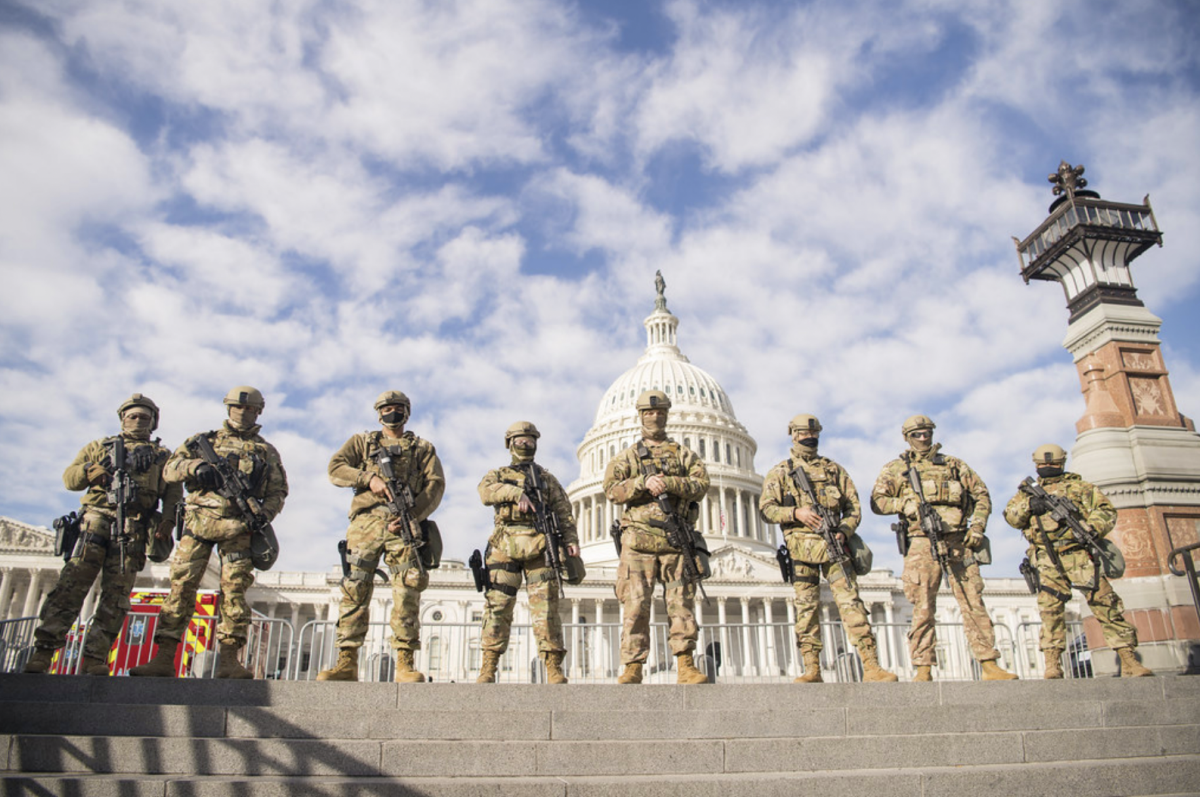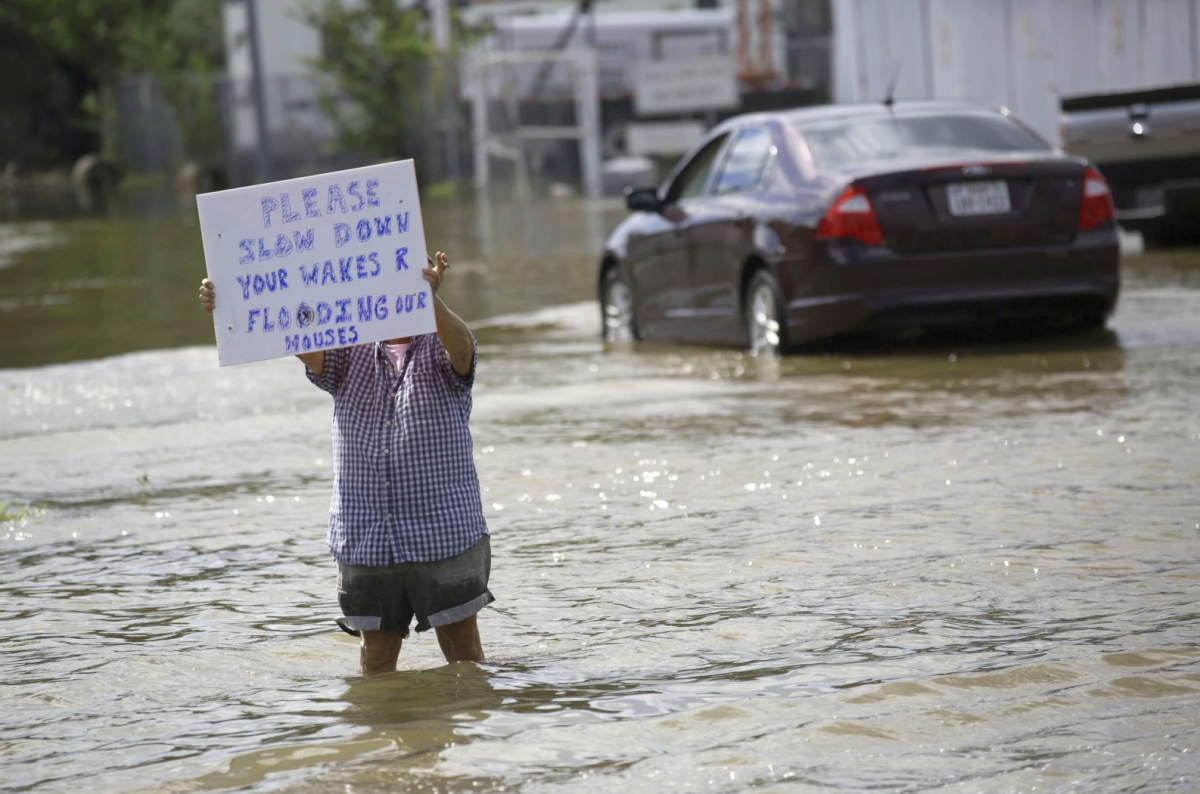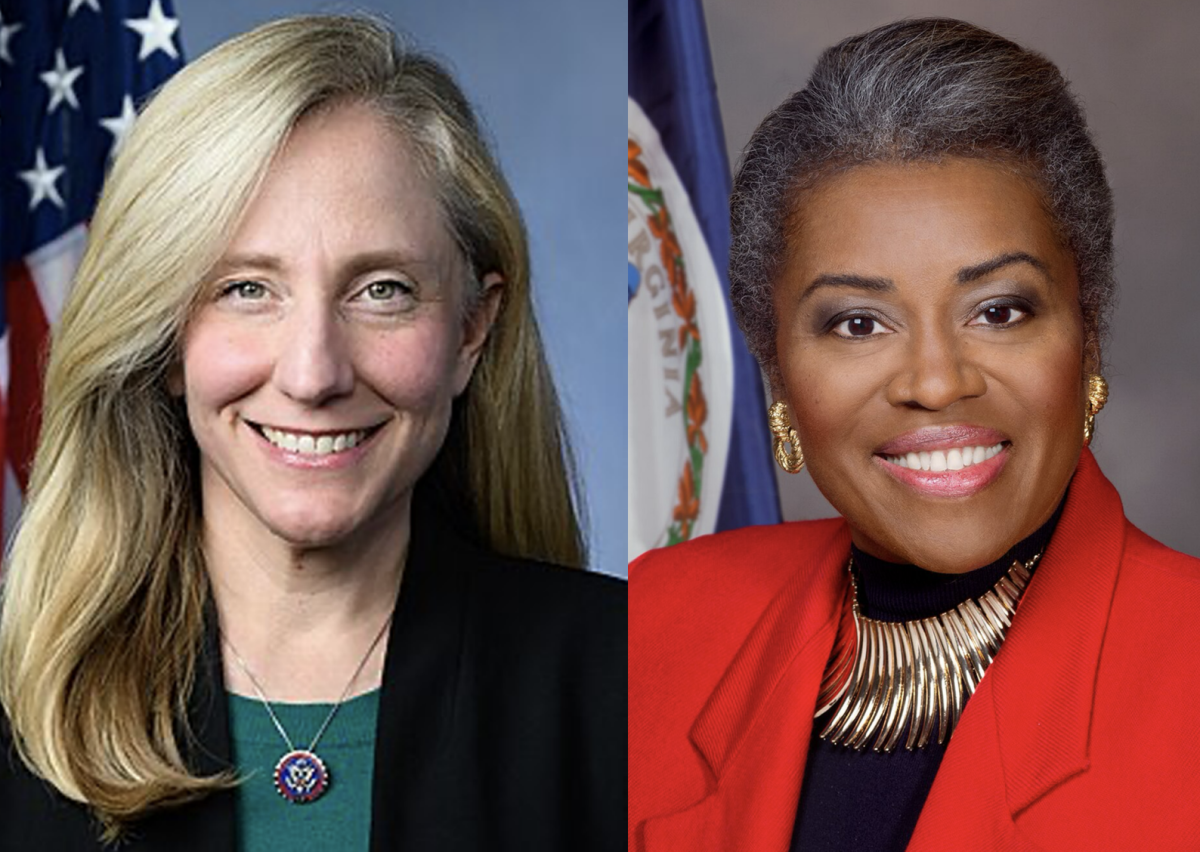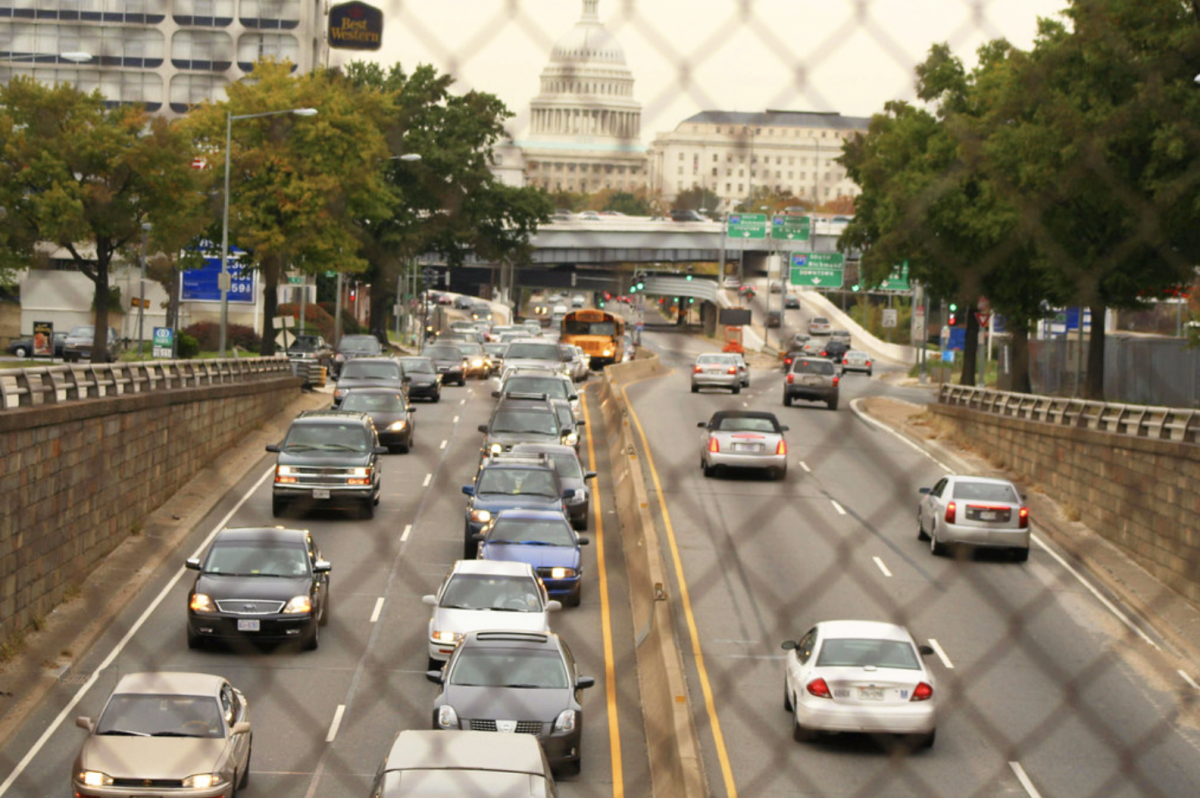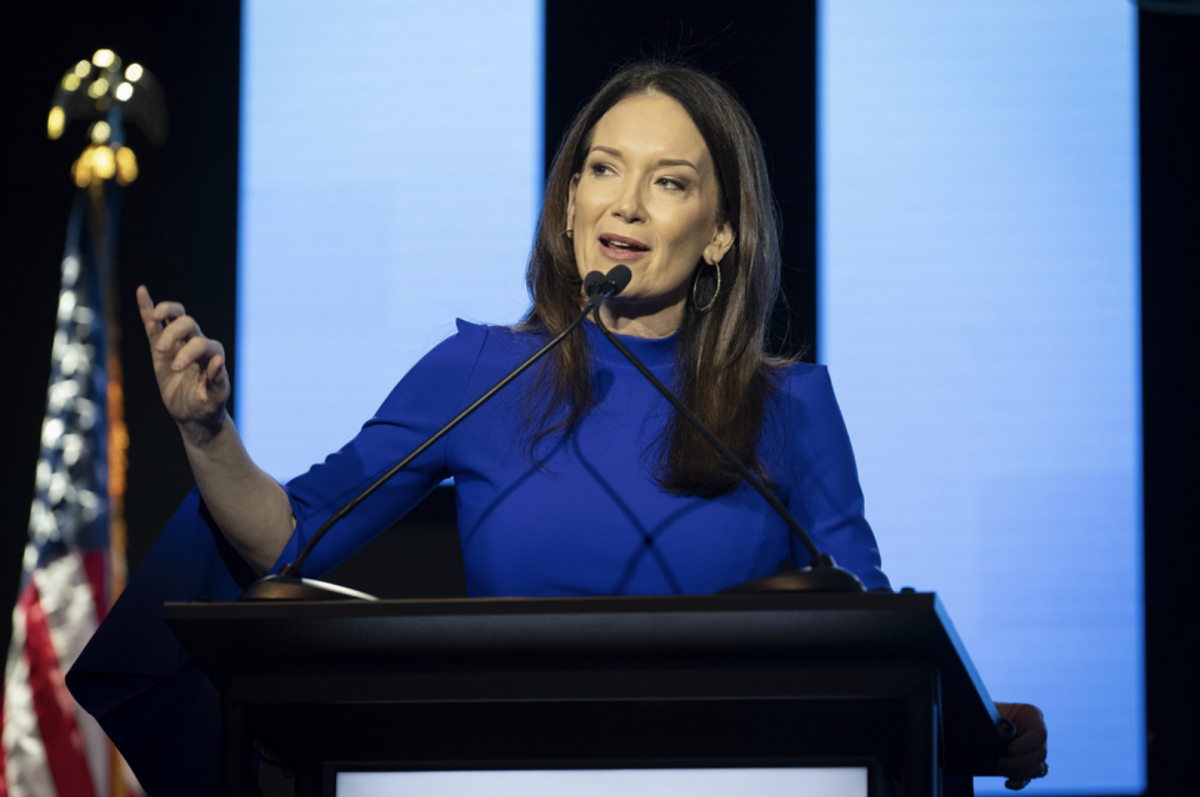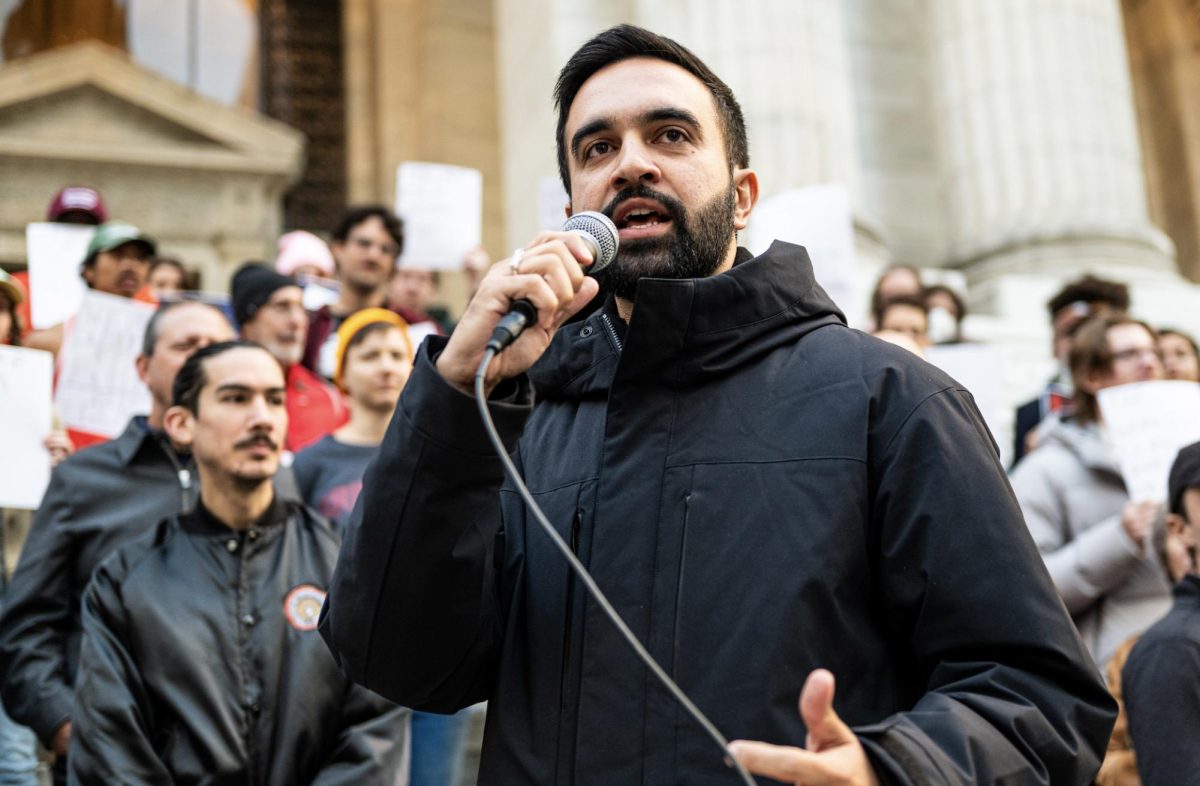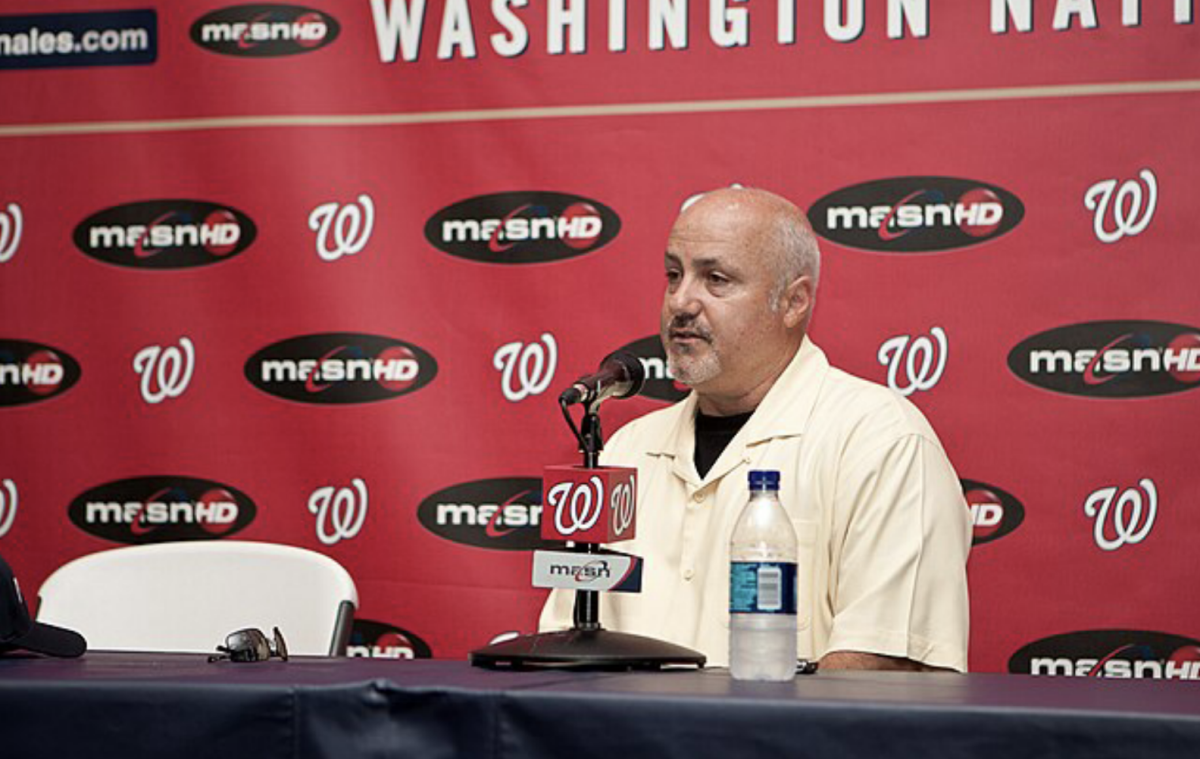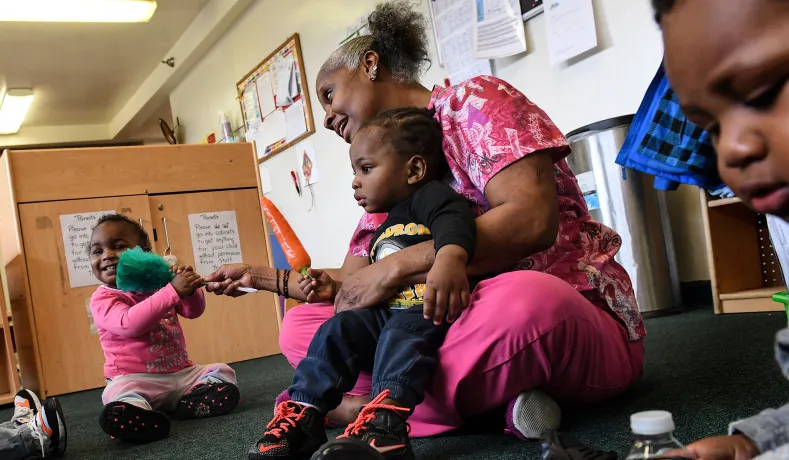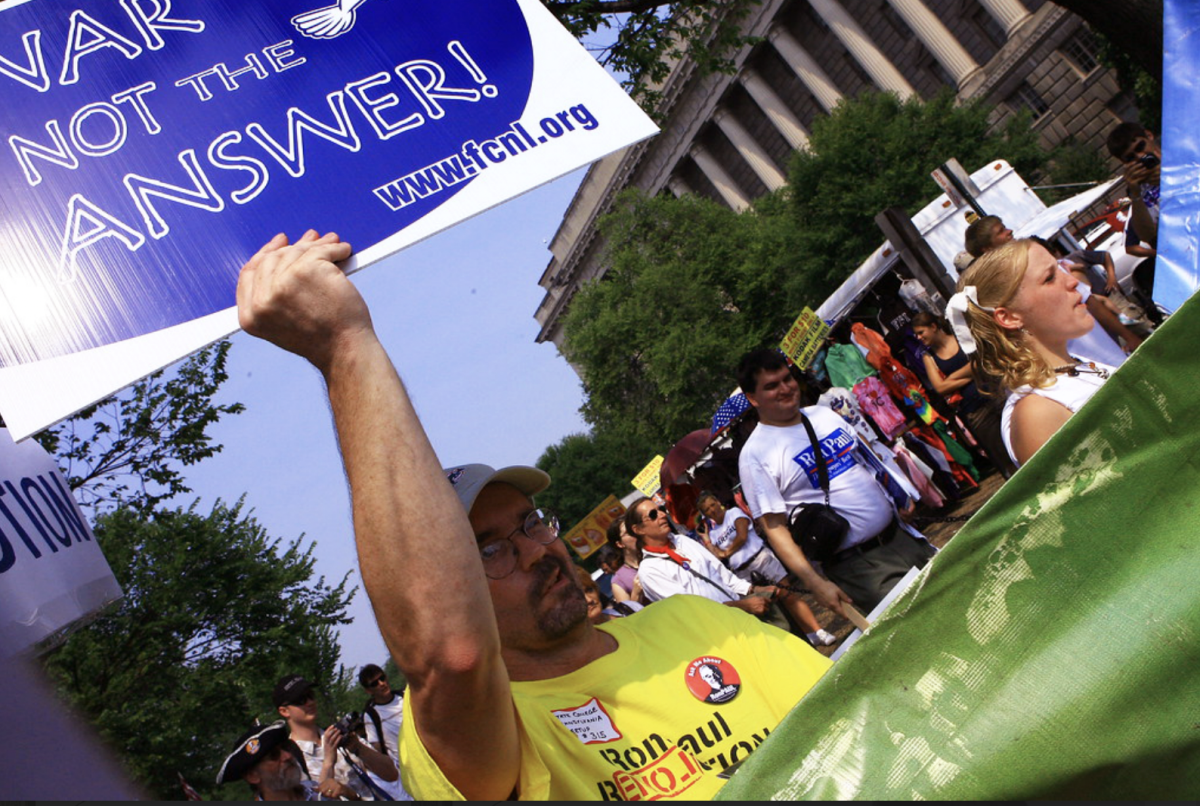The government childcare funding expired on Sept. 30, impacting families and childcare providers across the United States.
The American Rescue Plan stimulus package of 2021 allocated $24 billion to child care funding during the COVID-19 pandemic, and distributed money to more than 220,000 childcare programs in the United States. According to the Administration for Children and Families, childcare providers used the money for rent, utilities, supplies and employee salaries.
According to the Government Accountability Office, the Child Care and Development Fund (CCDF) is the most extensive federal child care program that grants states high-quality child care. The CCDF appropriated substantially more grants to conditions during the COVID-19 outbreak to help states respond.
According to Morning Star, the end of the program will lead to a “child-care cliff.” Parents could face longer waitlists to enroll their children in daycare, pay higher fees and risk the childcare center closing as programs have less money to handle higher costs.
“Quality, affordable child care is already scarce and the child care workforce is already badly underpaid and under great stress,” said Lauren Hipp, the National Director for Early Learning at advocacy group MomsRising, in an article with CNBC News.
Hipp emphasizes that child care is a “public good just as much as having clean water, a strong education system and access to health care. The access to child care has an immediate impact on everyone in society.”
The cost of child care depends on the child’s age. The younger the child, the more expensive child care costs, both for the child’s family and for the daycare centers who provide supplies. Childcare programs that offer infant care have higher prices as they must provide extra staff, creating a system that places the greatest financial strain on the parents of newborns.
Parents already use much of their budget for child care. According to CNBC News, parents pay between $10,000 to $20,000 a year, depending on the type of child care and the child’s age and community. The increases in price after the expiration of federal funds will put even more stress on parents and their financial situations.
According to the Century Foundation, a progressive think tank, with the expiration of these funds, up to 70,000 childcare programs could eventually close, impacting over 3.2 million kids. Working mothers will be the most affected as they are forced to shift their work schedule, cut their hours or even leave their jobs, according to the Century Foundation.
Home-based child care centers are more often at risk of closing. While these programs generally serve fewer children, they are more conveniently located in the communities.
For example, Darlis Navarro owns and operates Omega’s Dream, a home-based daycare in Dallas, Texas. Most parents who send their children to her daycare work in fast food restaurants, warehouses and call centers. Approximately 90 percent of the families in her daycare center pay using a subsidy program covering the childcare fees. Navarro could not increase her payments to the parents after the federal funding expired because parents could not afford higher prices.
“[T]he federal funding kept us afloat, period. It was able to help me get my assistant in here. And it’s helped me pay her for the past two years,” Navarro explained in an interview with Morningstar News.
Navarro needs the federal funding to pay her assistant. She may need to close down her daycare. Navarro added, “We just need that money… for the kids. The kids need a safe space to be Monday through Friday.”
Many states have passed legislation to provide more funding to childcare providers. In New Mexico, for example, residents voted to put $150 million into childcare programs annually, making it one of the first states to provide permanent funds for childcare. States like Alabama, Louisiana, Montana and North Dakota have increased their funding for subsidy programs.
According to CNBC, other states have found more creative ways to work around the loss of federal funding. Some states and cities offer universal preschool programs where children younger than five can be enrolled in the public education system.
Parents should also consider getting onto waitlists at childcare centers early. Although the waitlist does not guarantee a spot in the school, it is a helpful security line. Government officials are confident that these solutions will help lighten the blow on families before a more permanent solution surfaces.





